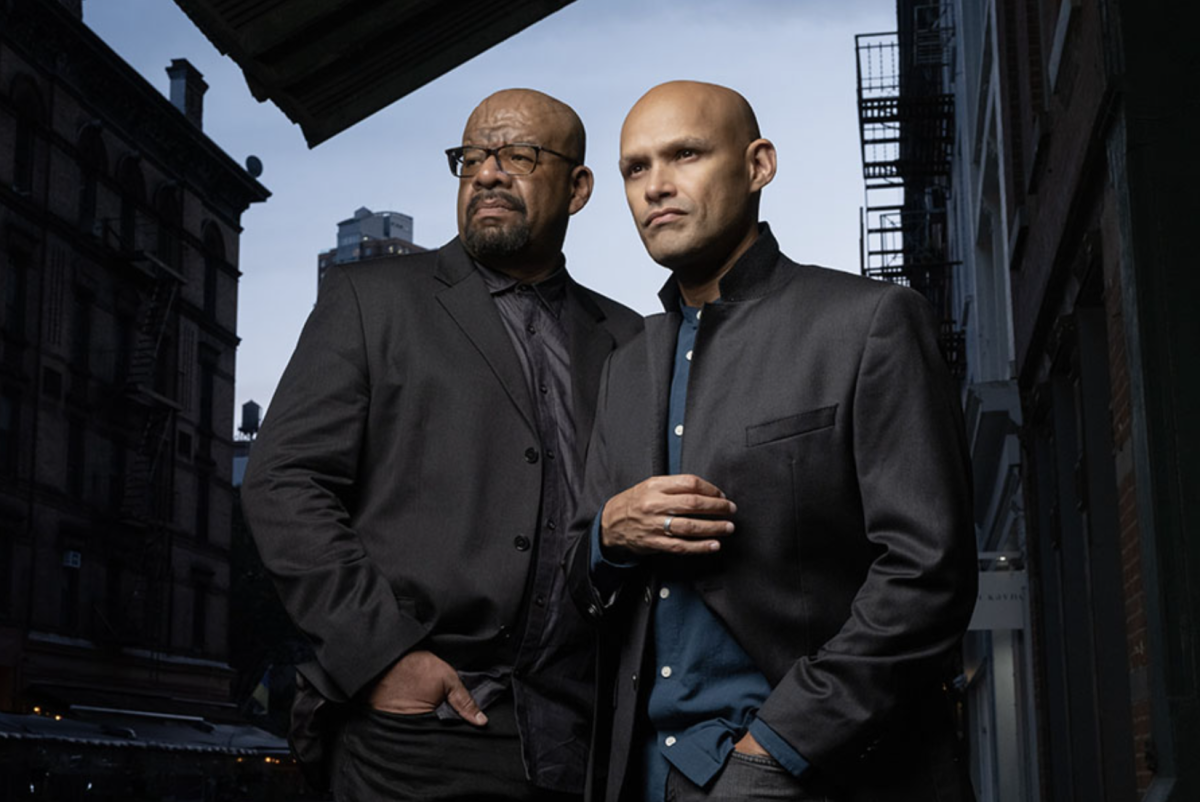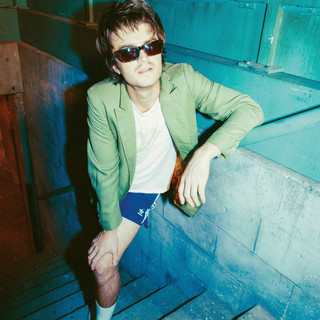Several days of trying to wrap my mind around Gore Verbinski’s newest venture have resulted in a stubborn incertitude on the merits of the two-and-a-half-hour-long experience that is “A Cure for Wellness.” Lambasted by the critics, the film has garnered a polarized reaction among audiences for its blatant parallels to films like “Shutter Island” and “Crimson Peak,” simply reproduced in a beautifully remote location atop a Swiss mountain. It is a film that is creepy, suspenseful and bewitchingly designed. However, it is ultimately as empty as the search for the mysterious “cure.”
Fans of gothic horror will appreciate the story of the disbelieving outsider trapped in an idyllic, yet foreboding castle constantly uncovering its inconceivable history, culminating in a 20-minute whirlwind of underground lairs, incest and many, many eels. When Wall Street wunderkind Lockhart, who is portrayed by Dane DeHaan, is dispatched to an isolated castle in the Swiss alps to retrieve his company’s CEO, he finds himself in a place where everything seems to be not quite right. With the mad scientist and “there’s something in the water” tropes, it is easy to see “A Cure for Wellness” as a re-envisioning of classic gothic legends like Frankenstein’s Monster and other horror classics. Verbinski’s vision could have readily made its entrance into the echelon of the modern classics of horror, but its ambition makes it fall flat — no matter how spellbinding the visuals. The story is reminiscent of Hammer Horror, but the sleek design compels audiences to expect not the charmingly campy Hammer style, but rather a truly modern thriller. The synthesis of classic horror and a modern, 21st-century atmosphere is disorienting. Idiosyncratic moments that are intended as charming inside jokes with contemporary audiences act more as breaks from an otherwise gripping experience and feel forced and unnecessary. With twists and false endings by the dozen, “A Cure for Wellness” overstays its welcome. Even a sucker for horror and suspense like myself could not help but roll their eyes as Lockhart limps his way through another endless corridor.
As tiring as the story became, the film is exquisitely directed. It is full of gorgeous contrasting visuals of the Swiss Alps and the sterile symmetry of the “wellness center.” The design is as frustratingly circular as the story—the hypnotic rotations of the water aerobics and ballroom dancing mimic the unworried ignorance of the patients and the repetition of the castle’s legends two hundred years later. Verbinski plays with basic fears and horror movie staples like dimly lit corridors, claustrophobia and antique dentistry. The final reveal is heavily reminiscent of “The Phantom of the Opera” in which the disfigured ‘monster’ brings his object of lust to his underground treasure trove complete with a shrine and four-poster bed. Unlike Gaston Leroux’s vision, however, the monster is not a misunderstood, sympathetic creature; it is Dr. Volmer, who is played by Jason Isaacs, the center’s director and a living corpse patiently waiting to realize his incestuous dreams with his daughter-niece, Hannah, portrayed by Mia Goth. Verbinski, whose previous credits include “The Lone Ranger,” “Rango,” “The Ring” and the first three “Pirates of the Caribbean” movies, crafted a stunning visual experience conjoining unexpected elements into strange cohesion. But my partiality to the film extends only as far as the cinematography. With constant shifts between the modern and the archaic, the film is a strangely fractured experience that frequently jerks viewers out of whatever mood they had just settled into.
“A Cure for Wellness” adds itself to the collection of the rarely-explored genre that is the modern gothic film, but it fails to wholly realize every individual element. The story is done to death, and Verbinski fails to innovate a classic to appeal to audiences desirous of novel, avant-garde stories guaranteed to thrill. As rare as it is to see a big-budget original horror film, it is even rarer to see a well-executed one. Even so, I give Verbinski credit for creating a film whose reaction is as bafflingly divisive as it is.







